Weather experts have recently warned the public that earthquake activity has increased in Southern California in the last few years.
Just this year alone, this region of the Golden State has experienced more earthquakes seen in quite a while. Seismologists have further opened up about what this could mean for Californians.
Two Recent Earthquakes

In only the last week, Southern California has been rocked by two earthquakes, which made headlines around the country.
While these quakes weren’t massive by any means, they did prompt many Californians to realize that they’ve experienced more earthquakes this year than they have in a while.
Stronger Quakes in Southern California
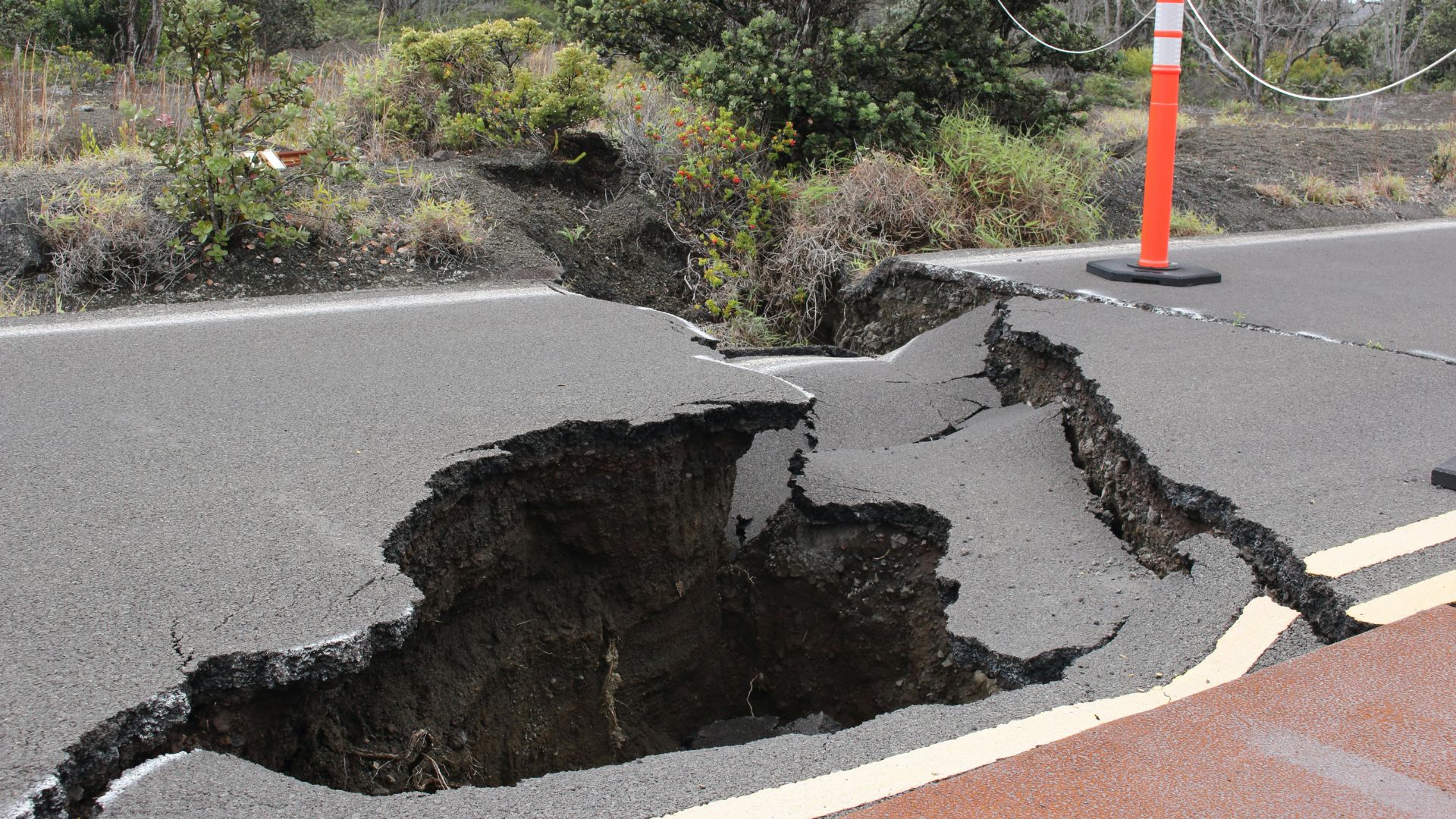
According to seismologist Lucy Jones of the California Institute of Technology in Pasadena, earthquakes in Southern California have recently become more common — and stronger.
Thanks to all of these recent quakes, seismologists such as Jones have been able to better analyze why SoCal has begun to see more earthquakes in recent years.
Relatively Minor Tremors
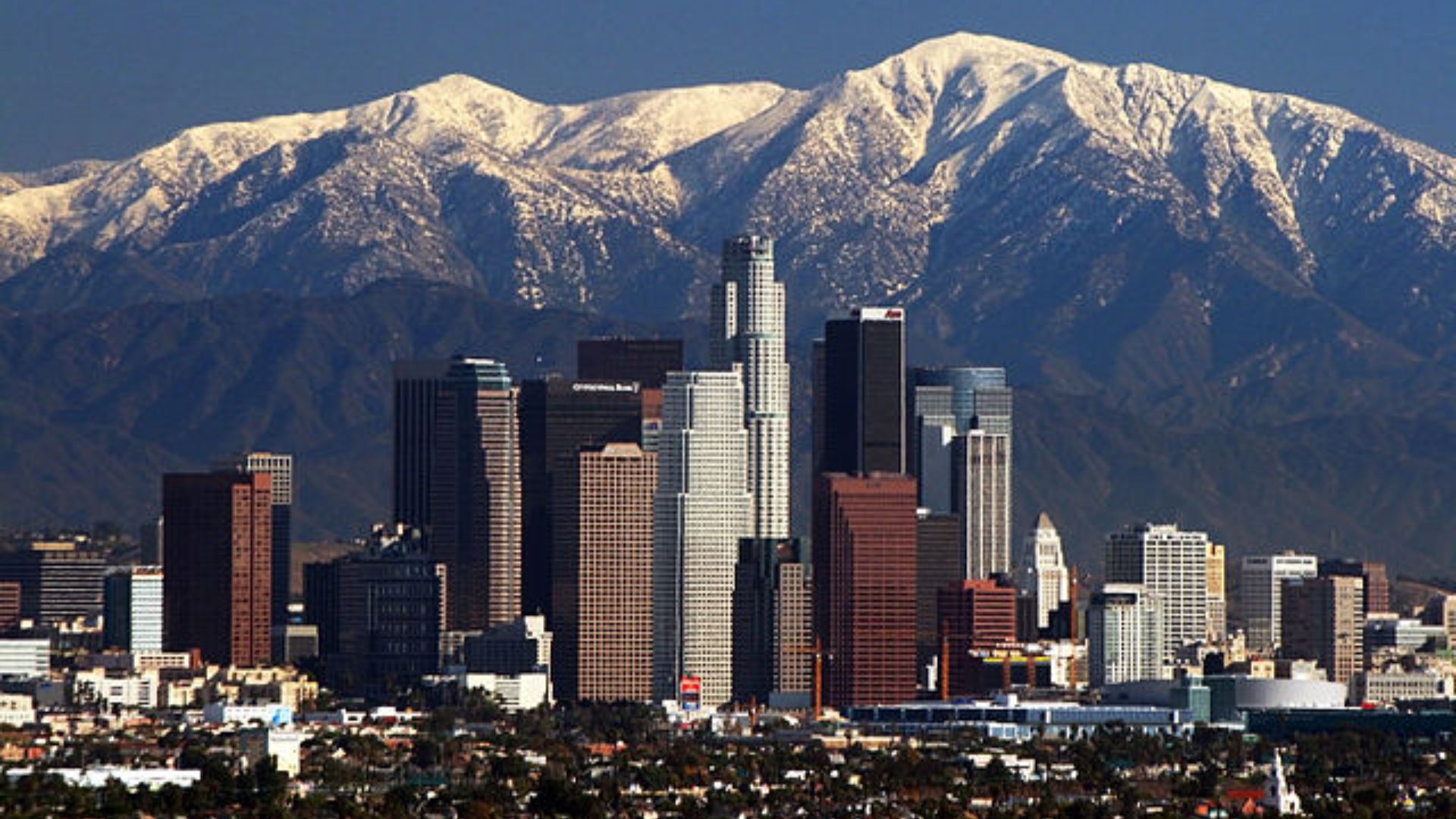
According to the U.S. Geological Survey, the 4.4-magnitude quake in southern California did not cause significant damage.
However, this earthquake took place less than a week after a 5.2-magnitude quake near Bakersfield.
More Earthquakes Seen This Year
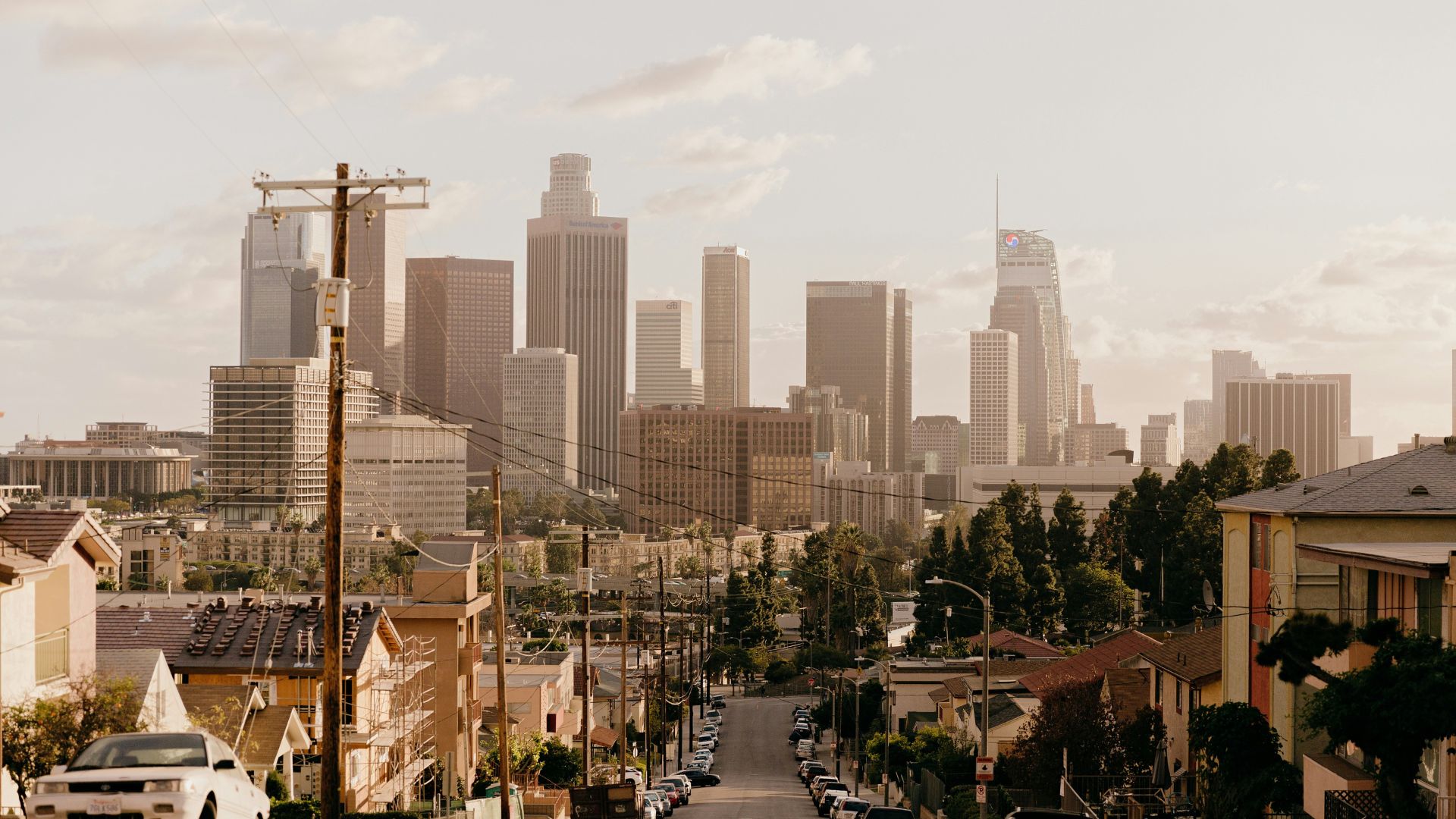
Jones explained that this year has seen 13 earthquakes in Southern California that had 4.0 or greater magnitudes.
By comparison, the last 20 years only had about five earthquakes each year that were of a 4.0 magnitude or higher in the same area.
A Change in the Last 100 Years
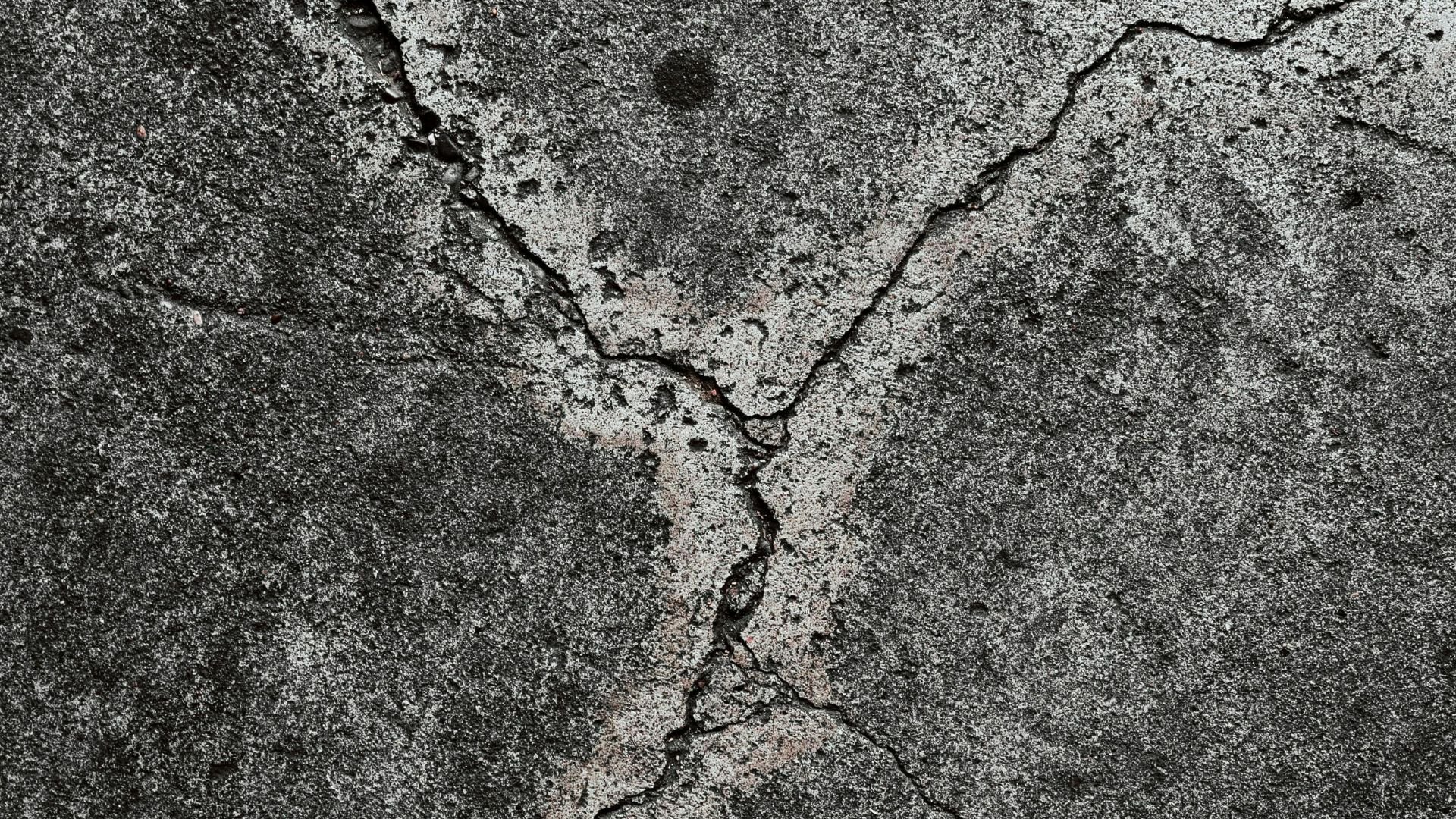
Jones also took a look at the last almost 100 years of earthquake activity in Southern California.
She found that, since 1932, Southern California has experienced about 10 to 12 quakes each year, on average. These quakes all were 4.0 magnitudes or higher. Therefore, this year has seen more quakes than is common.
Where These Quakes Are Coming From
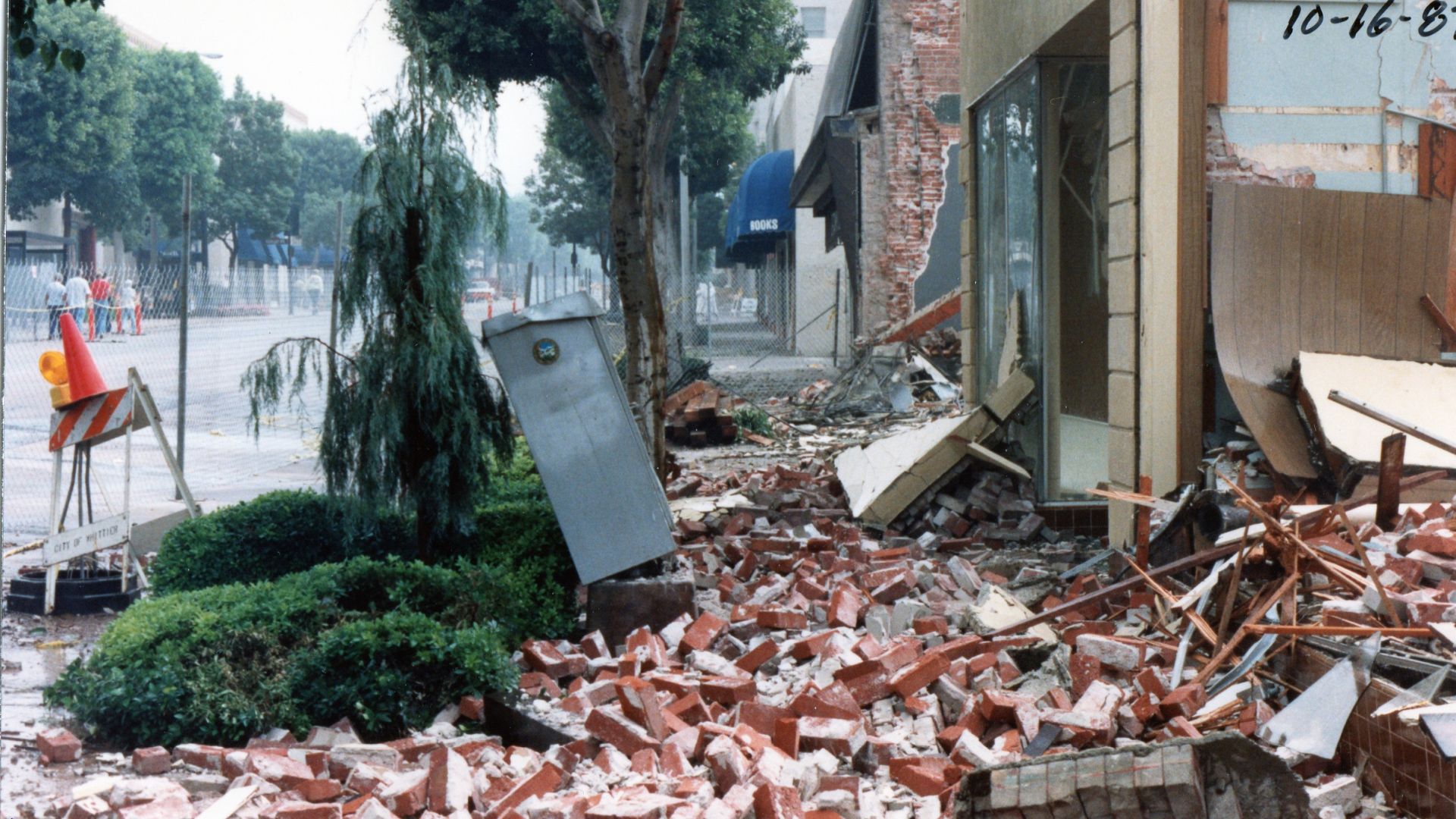
After this most recent earthquake that Southern California experienced, Jones opened up about where it appears these quakes are originating from.
Scientists believe that the quakes are from the group of faults that also created the 1987 Whittier Narrows earthquake.
Many Similar Earthquakes

As Southern California has experienced more of these quakes, scientists have been able to analyze more data.
“There have been others in the past,” Jones explained. “In 1989, we had a pair of four-and-a-halfs that were also in the system that were just a half-hour apart. There have been plenty of small ones over the years that are also within this.”
Puente Hill Thrust Fault
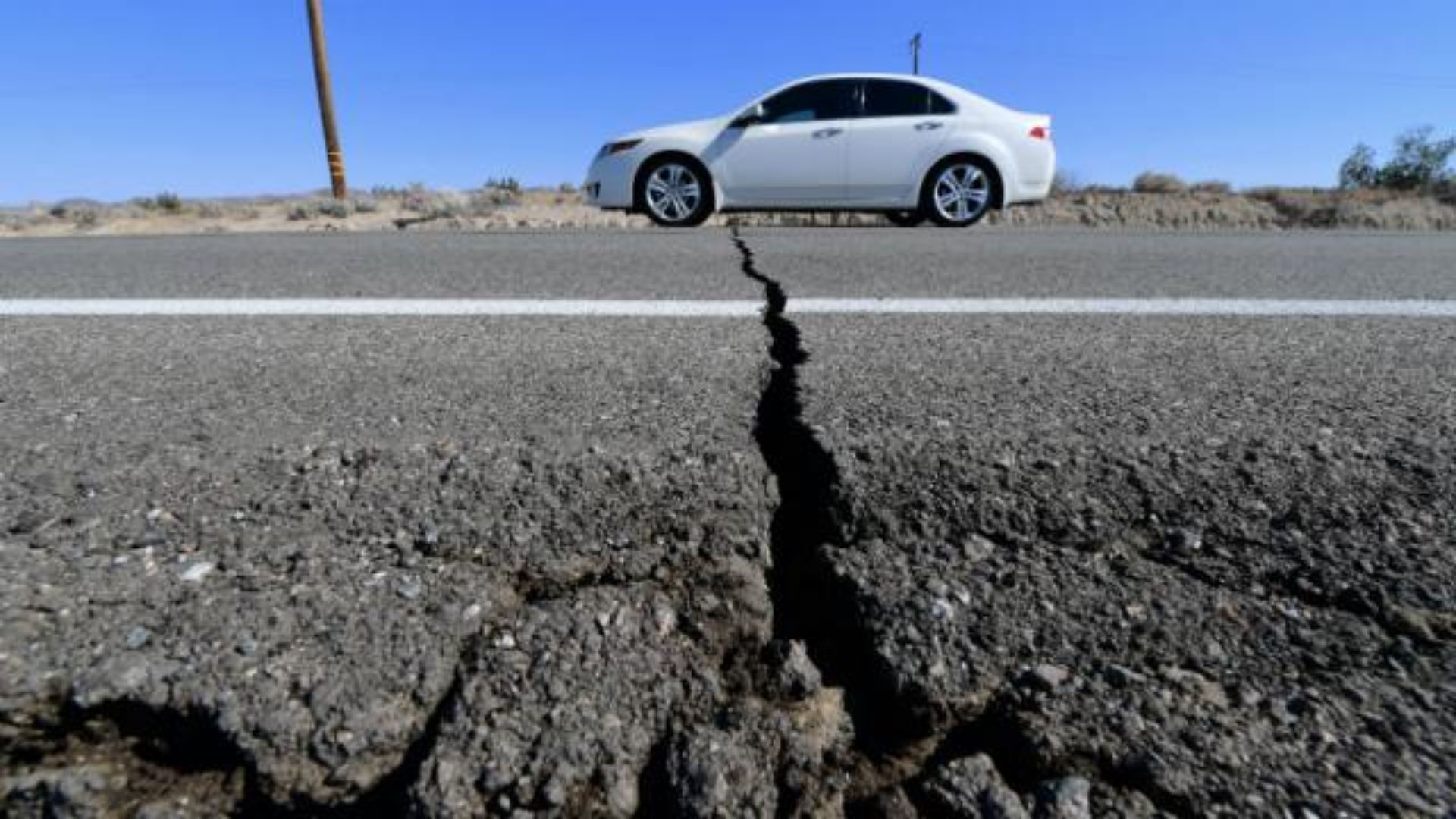
The earthquake from August 12 occurred along the Puente Hills thrust fault system.
The fault system lies about 25 miles below the streets of Los Angeles. A thrust fault like this occurs when compressional forces push one part of the Earth’s crust on top of another.
Will a Big Quake Hit Southern California?
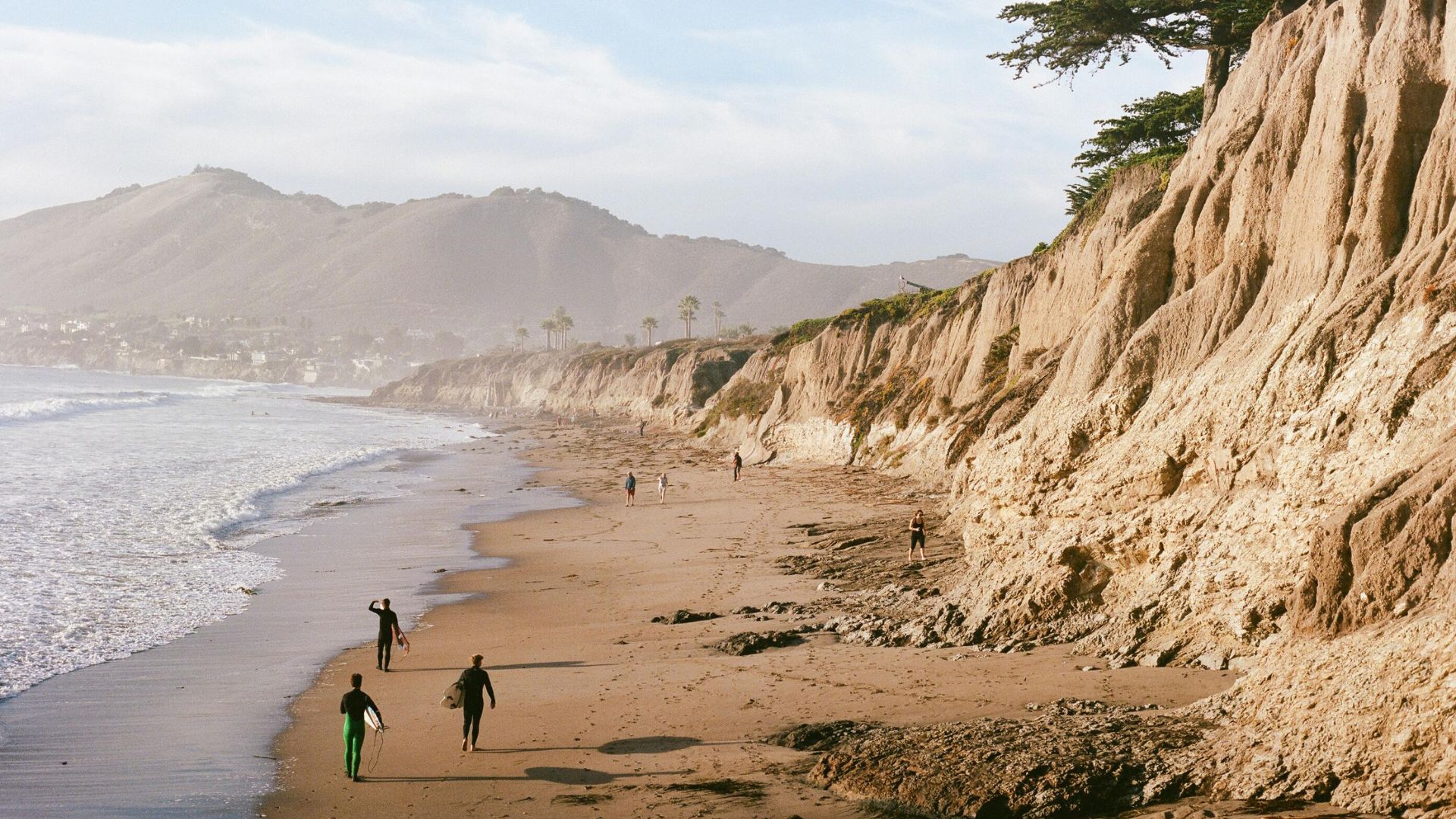
As many Californians have experienced more earthquakes this year than they have in a while, many locals have also become worried that a large and devastating quake could be on the horizon.
Seismologists have explained that there’s not necessarily any great way to predict massive quakes — even if we’re experiencing more smaller ones.
More Earthquakes Could Occur

Jones did explain that if this region continues to have more earthquakes, then the chance of a large quake occurring increases.
“The most constant feature of earthquakes is the relative number of large to small,” she said. “For every magnitude seven, you have 10 magnitude sixes, 100 magnitude fives, 1,000 magnitude fours, etc. So, if your rate of [magnitude] fours goes up, your chance of having a bigger one would go up by about the same amount.”
Busting Earthquake Myths
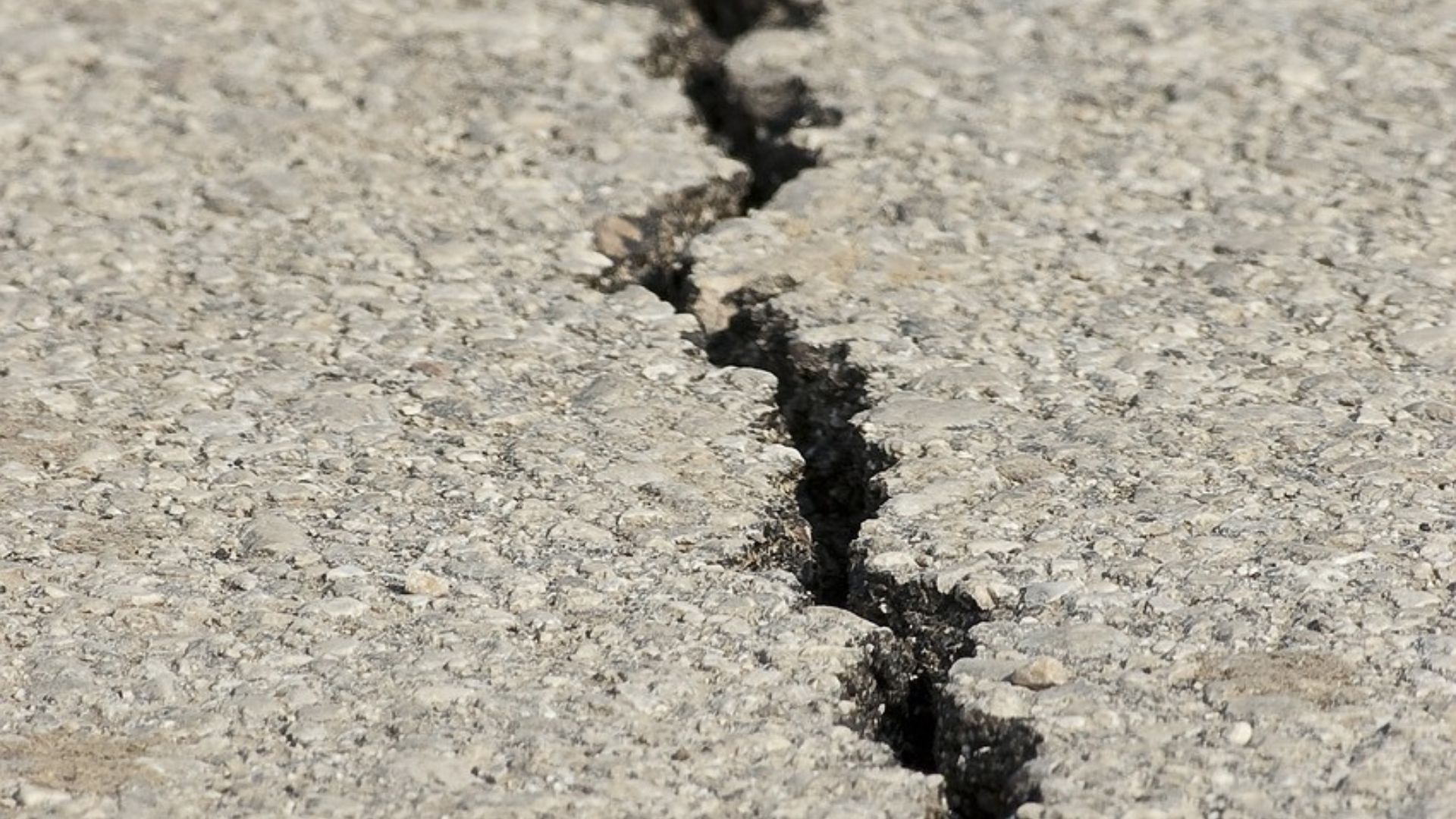
A common misconception is that small earthquakes offset the chances of a larger one.
However, Dr Jones has clarified that this is not the case. She said the minor quakes do not relieve any pressure underground. In fact, small tremors indicate a buildup of tension beneath the Earth’s surface. “The most constant feature of earthquakes is the relative number of large to small,” Jones said.
A Major Earthquake Coming?
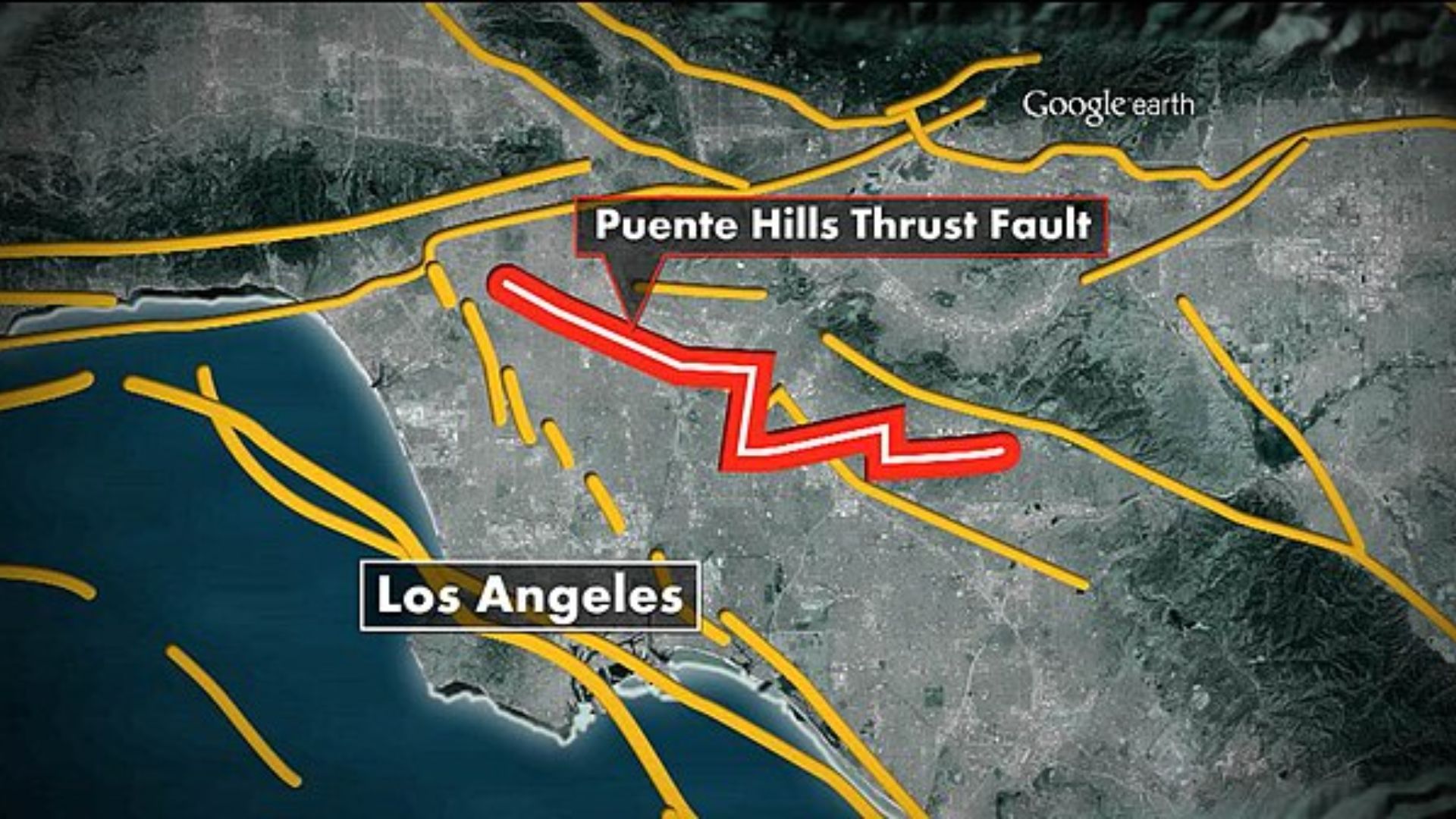
Seismologists are concerned that a more severe quake from the Puente Hills Thrust Fault system is overdue.
Scientists predict the fault might unleash an earthquake as high as magnitude 7.5. This would devastate the city of Los Angeles.
A Doomsday Fish Before California’s Latest Quake
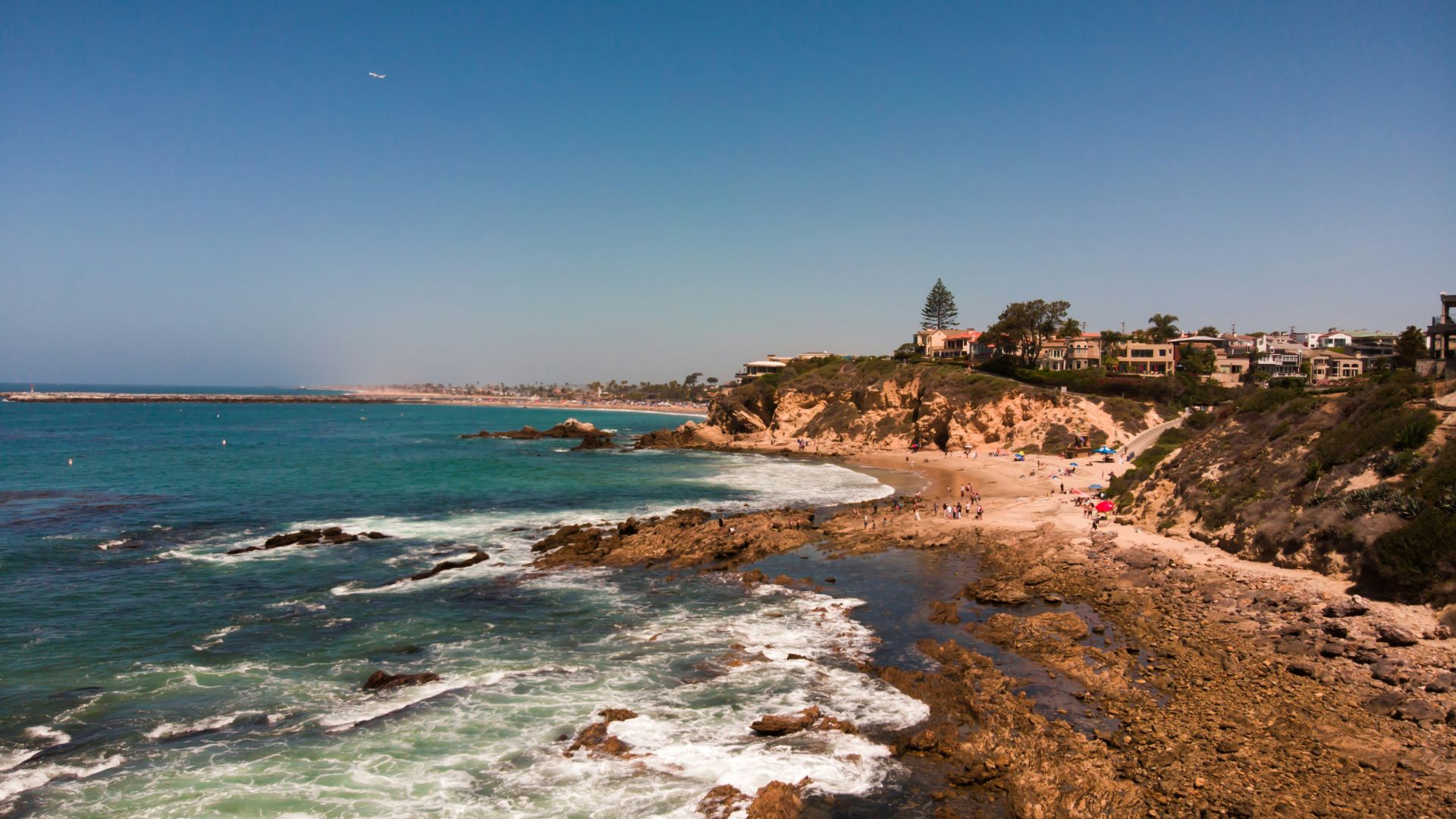
Fears have only grown in California once it was reported that a rare “doomsday fish” was discovered dead in California only days before the latest quake struck.
According to the Ocean Conservancy, these oarfish are commonly believed to foreshadow “natural disasters, such as earthquakes or tsunamis.”
Rare Oarfish Sighting
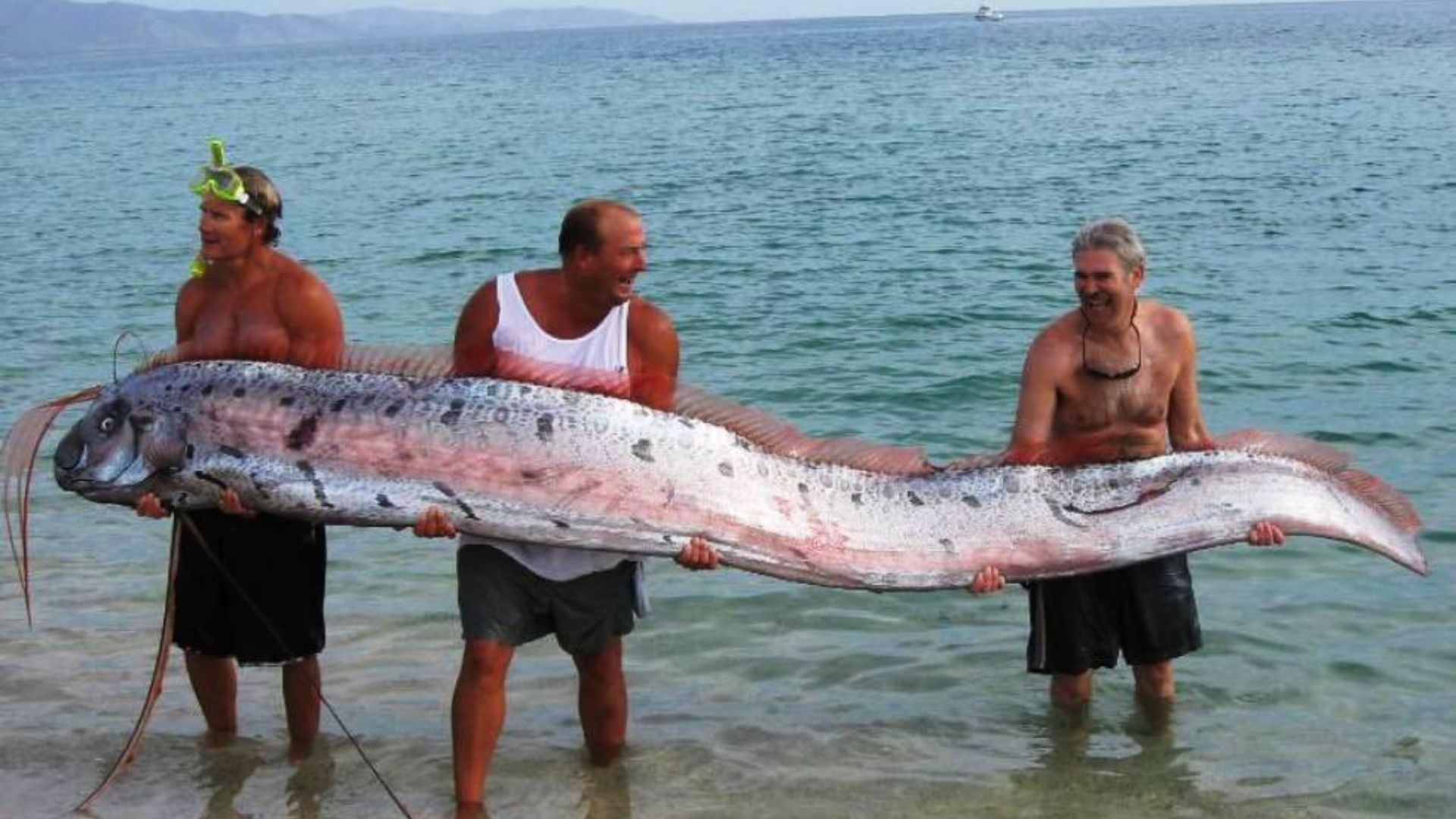
The “doomsday fish” that were spotted reached 12 feet feet in length.
Only 20 oarfish sightings have been reported since 1901, according to the Scripps Institution of Oceanography, UC San Diego. The fish were seen around Japan during major earthquakes. In this case, there was an oarfish sighting just two days before the California earthquake on August 12.
Multiple Faults Across California

While the Puente Hills Thrust Fault seems to be causing the most trouble for southern California, it is not the only fault line that runs under the Golden State.
The San Andreas fault has a major quake every few centuries. Its most recent earthquake was in 1857 at a magnitude of 7.8.
A Greater Threat

The U.S. Geological Survey predicts that a 7.8-magnitude earthquake on the San Andreas fault could result in the death of about 1,800 people.
However, a quake of similar strength on the Puente Hills fault could claim up to 18,000 lives and cause more than $252 billion in damages.
The Greatest Threat

While the San Andreas and Puente Hills faults pose their problems, another fault could release a devastating earthquake.
The Cascadian fault line runs across all of the West Coast, including California. Researcher Kelin Wang said: “The recurrent interval for this subduction zone for big events is on the order of 500 years. It is quite late.” Wang said a significant quake from the Cascadian fault line is due.
Other Earthquakes Around the World
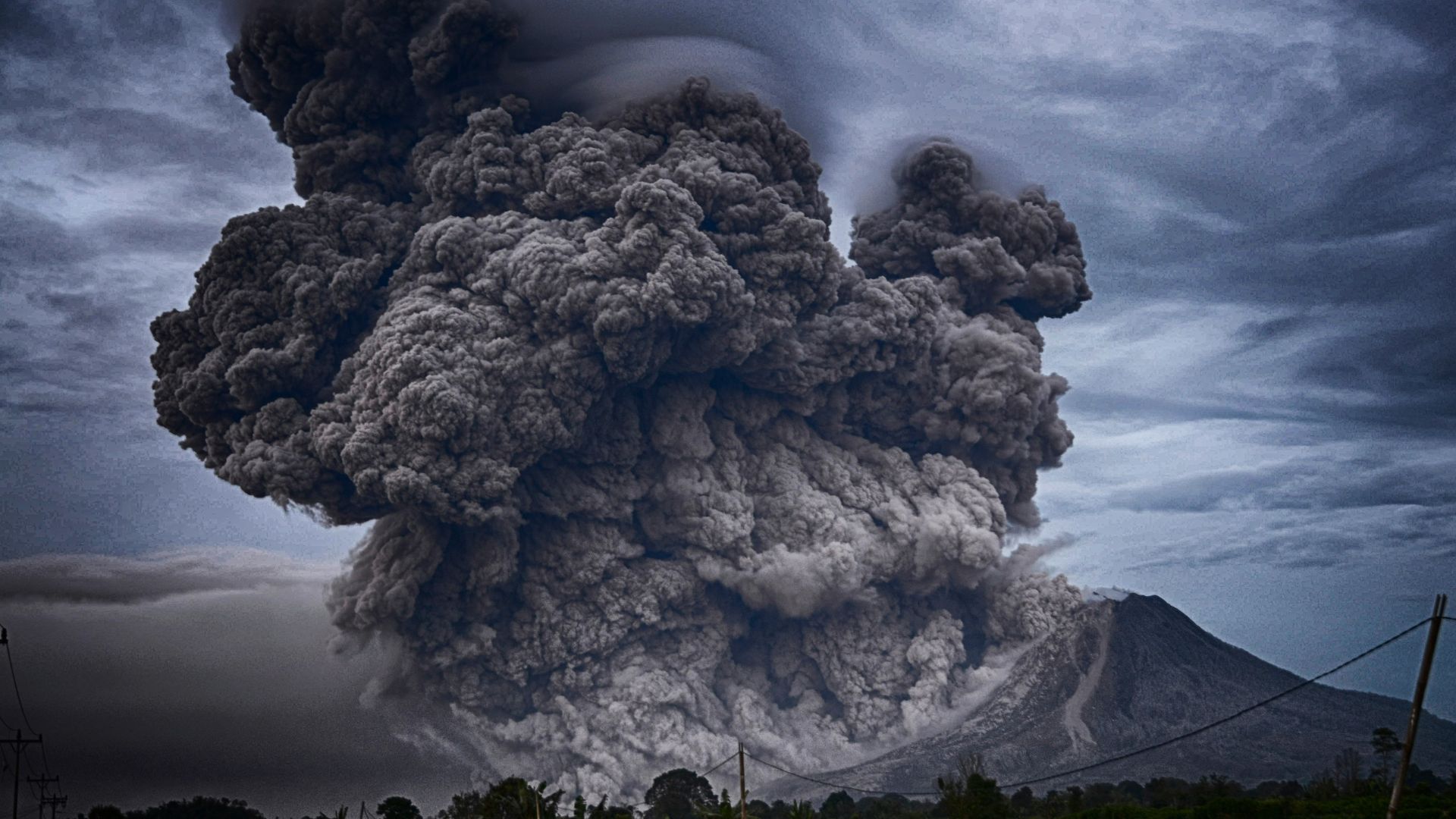
California isn’t alone in experiencing quakes this year. In just the last few months, various areas of the world have been rocked by sudden quakes.
Most notably, Japan experienced a quake that resulted in warnings of a “megaquake” being released. Meanwhile, Russia was also recently hit with an earthquake — one which set off a volcano eruption in the eastern part of the country.
A Better Prepared California

Though more earthquakes do appear to be occurring in Southern California, experts have reassured concerned residents that California is much better prepared to handle quakes than they have been in the past.
For example, many buildings and homes have been built in recent years to not collapse during potential quakes.
Compromised Infrastructure

In the event of a 9.0-magnitude earthquake along the Cascadian fault, 620,000 buildings would destroyed between California and Washington State.
Among these buildings are 100 hospitals and 2,000 schools. In Washington and Oregon alone, 14,000 lives would be at stake in the immediate aftermath of an earthquake, let alone surviving through the long-term damage.
We Need to Prepare

The threat of a disastrous earthquake looms large over Californians from at least three different faults.
Professor James Dolan at USC said: “People really need to be ready for a very, very large earthquake, or earthquakes in L.A.’s future. It’s going to happen. We don’t know when. We don’t know exactly which fault is going to generate those earthquakes, but they are going to happen.”
Ways to Prepare

Since a major earthquake in California is imminent, the best its inhabitants can do is prepare.
Precautions range from buying extra bottled water to securing spaces by fastening bookshelves to the walls. In spaces where people sleep, it is a good idea to remove furniture that could fall during a quake.
Stay Informed

While California faces the threat of a catastrophic earthquake, staying in the loop with local officials and any emergency alerts is crucial.
Dr Jones said preparedness means more than just having extra water. Jones said: “Having water is important, but talking with your friends and family about it and having a plan together is probably more important than anything else.”
